ChezDaJez
Posts: 3436
Joined: 11/12/2004
From: Chehalis, WA
Status: offline

|
Mogami, my comment was meant to be tongue-in-cheek however...
quote:
Meanwhile, on 13 May 1940, the main German attack by Army Group A (forty-four divisions) began to the south. Seven Panzer divisions with ample air support struck at the relatively weak French 9th and 2nd armies in the Ardennes forest, reaching and crossing the Meuse river and then breaking out to the west within a matter of days.
It was at this point, as Gamelin and his subordinates sought to respond to this unexpected drive, that the weakness of the Allied air forces and the slowness and confusion of the command and control system of the ground forces made itself felt. Efforts during 13th-16th May to move three French armoured divisions held in reserve into a position to attack the German flanks collapsed in a muddle of air attacks, conflicting order and inadequate logistical arrangements. The panzers raced on, and by 20th May had reached the sea.
The only hope for the Allied forces was to lunch a major counter-stroke by forces north and south of the German corridor against the exposed flanks of the GErman line of advance before slower German forces could move up to consolidate the gains made. Though an obvious move in theory, and ordered on several occasions in the third and fourth weeks of May, it proved impossible for the Allied commanders to organise effectivley. German command of the skies in combination with the lack of combined arms in the remaining British and French tank formations, along with a crisis of morale in the French High Command (which the replacement of Gamelin by General Maxime Weygand did little to counteract), meant the Allied counterattacks were weak and unco-ordinated. Though they caused momentary alarm to the German Hish Command, hastily mounted attacks by the newly formed French 4th armoured division and then by a British tank brigade at Arras in the fourth week of May, achieved initial success but foundered for want of sufficient infantry and artillery support. With Army Group B continuing to advance and Belgian resistance collapsing, all subsquent efforts to mount a co-ordinated offensive from north and south foundered.
This is quoted from one of my WWII history encyclopedias.
Basically, the German spearhead was composed of Panzer divisions tearing large holes in the French lines WITHOUT benefit of close infantry support. They did enjoy overwhelming tactical air support. This allowed them to race into the rear areas creating extereme confusion and havoc. Infantry then entered and consolidated these gains.
The French believed armor was best used in support of the infantry and had scattered most of their armored forces trying to defend all avenues of attack. The Germans believed infantry was best used to consolidate the gains achieved by their armor. Their armor typically was free to move forward and engage enemy forces without being tied down by infantry.
French tanks, one on one, were superior to the German Panzer MkIs and IIs but the Germans nullified this advantage by employing superior tactics. German armor also greatly benefited from having radios onboard allowing them to fight effectively in large groups. The French tanks lacked radios and couldn't be effectively coordinated in battle.
You will note that the Allied counter attacks failed due to a lack of infantry support. The German armor attacks succeeded without close infantry support thanks to their air power.
Chez
_____________________________
Ret Navy AWCS (1972-1998)
VP-5, Jacksonville, Fl 1973-78
ASW Ops Center, Rota, Spain 1978-81
VP-40, Mt View, Ca 1981-87
Patrol Wing 10, Mt View, CA 1987-90
ASW Ops Center, Adak, Ak 1990-92
NRD Seattle 1992-96
VP-46, Whidbey Isl, Wa 1996-98
|
 Printable Version
Printable Version











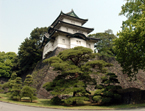


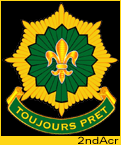
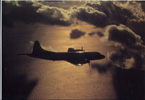

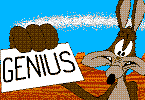



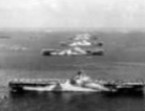







 New Messages
New Messages No New Messages
No New Messages Hot Topic w/ New Messages
Hot Topic w/ New Messages Hot Topic w/o New Messages
Hot Topic w/o New Messages Locked w/ New Messages
Locked w/ New Messages Locked w/o New Messages
Locked w/o New Messages Post New Thread
Post New Thread